The State Bank of Pakistan (SBP) Governor delivered an address on the 26th May, 2004, under the above caption, in the pre-budget seminar organised by an English daily at Lahore.
The Governor has correlated the issue relating to poverty reduction (not poverty alleviation) with the robust annual GDP growth of 6 percent and above. He has cited the instances of developing countries like China which demonstrated a strong positive correlation between high growth and poverty reduction.
He has also quoted Pakistan's own instance where 6 percent average annual growth rate helped in reducing the poverty level from 43 percent in 1960 to 18 percent by the end of 1980s.
The Governor has emphasised that if in this process, disproportionate benefits accrue to the top income groups, we should not grudge it as long as they are making productive investment, creating jobs, expanding exports and paying taxes.
The turn of removing income inequalities would come later, when the poverty level comes down from 33 percent (current) to 20 percent.
The theory referred to by the Governor is an old "trickle down" theory of late Dr Mahbubul Haque.
It, however, did not prove successful in the latest case of India (circumstances almost identical to us prevail there, in the matter of poverty numbers) where annual GDP growth had been even more robust, ie 8 percent and is expected to rise to 10 percent during the next 2 years.
The Governor has nevertheless admitted that "empirical evidence from Pakistan and elsewhere in the developing world suggests that growth is necessary but not the sufficient condition for poverty reduction" Despite this admission, he has placed full reliance on GDP growth for bringing down poverty and leaving the issue of addressing income inequality issue to a later phase.
Then why did poverty come down in Pakistan in 1960-1980s and is currently not responding to the high growth rates, as of the Indian economy? There must be some essential difference. The Governor has not analysed the relevant factors in his address.
Apparently, for a common man, the economic growth of 1960-1980s in Pakistan was a job oriented growth [both in the rural and urban sectors] while in India today the high growth is a jobless growth, with the exception of Information Technology (IT) sector whose benefits accrued to a few middle/lower middle class urban population, whereas 70 percent of the rural populace remained totally high and dry, resulting in large scale suicides in the very Indian state which is considered to be the hub of IT at the international level.
This seems to be because of the fact that for some years India has also been following the same path on the advice (read diktat) of the multilaterals including the International Monetary Fund (IMF) and the World Bank etc, even though these diktats are more stringent on us when compared to India.
The stringency in our case has increased manifold since 1999 because our economy is being handled by personalities who have been on these multilaterals' pay roll just prior to leaving for Pakistan to take over our economy.
These diktats, inter-alia, include the so-called privatisation programme under which profit-earning entities are sold out to multinationals. This privatisation generally results in the dislodgement of employees, instead of creating new jobs.
In some cases we have seen, in Pakistan, that many privatised units were altogether closed rendering all employees jobless.
Our privatisation programme in the banking sector was more unique. For preparing for the privatisation process, large number of branches were closed and employees dislodged besides pouring in over Rs 30 billion in United Bank Ltd during 1997-2002 and over Rs 16 billion in Habib Bank Ltd during that period.
The tax payers' money paid to these two banks, along with the National Bank of Pakistan, running into billions of rupees for financing the cost of premature retirement of employees, by these banks, is in addition to that.
There have been substantial retrenchments from other government departments as well. Recently, 50,000 armed personnel in the lower cadres have also been shunted out.
In the National Bank of Pakistan, 2968 employees were retrenched in 2002 while 1077 fresh recruitment's were made in 2003. Now in the banking sector, it has become a fashion to recruit MBAs, KMAs etc in the name of induction of the educated class. But the real intention is to restrict recruitment's to the elite class because an average Pakistani citizen cannot afford the education expenses of these institutions.
Can one shut eyes to the progress in the banking sector in Pakistan and the demand for Pakistani bankers overseas during 1947 to 1974 (when the banks were handed over to the bureaucracy) or even upto the mid 1980s? All these achievements were made by the "uneducated class."
So the crucial point is whether the robust jobless GDP growth will really reduce the poverty level to 20 percent and, if so, in how many years? This needs to be analysed and addressed in view of the dismal investment (domestic as well as foreign direct investment) scenario currently prevalent in the country.
This crucial question ought to be answered because, as per SBP Governor, the focus on the second phase of addressing income inequality issue could be shifted only when the poverty reduction objective is achieved.
It shall thus become a very long term programme spread over decades and will be difficult (read nearly impossible) to be implemented as the authorities will be required to encounter powerful mafias of the rich sectors and may result in utter government failure.
The question also is: "should the authorities totally forget the aspect of income inequality till the poverty reduction objective is fully achieved"? If that being the position, it will not be a sane decision. Wherever possible, the authorities should simultaneously commence tackling the issue. At least those policy measures which are resulting in the shifting of resources from the poor class of society to the rich ones should be taken in hand without delay. A few matters need immediate attention: (a) The car assemblers comprise of a powerful mafia. Talks were being held between the government and the car assemblers for lowering the price of locally assembled vehicles. In the meantime, a proposal to allow import of reconditioned cars came under the consideration of the government, whereupon there was a lot of hue and cry and the assemblers mafia were successful in getting the proposal shelved. After the matter subsided, one assembler raised the prices of its cars by Rs 10,000-20,000. (2) In the budget for the fiscal year 2003-04, the government had reduced the excise duty on cement by 25 percent. Obviously, the benefit was to be passed on to the ultimate consumers. But the cement manufacturers, retained the benefit in their own pockets. The cement manufacturers act as a "cartel" but the authority responsible for addressing the issue ie the Monopoly Control Authority kept mum during the entire year. (3) The lose monetary policy is also resulting in the filling the pockets of the corporate/trade sectors as the benefits accruing on account of lower interest rates are not partly being passed on to the consumers. The loans at low interest rates are still not available to the agricultural/SME sectors. This policy has also not helped in inducing new investment.
Here, the pertinent point is whether the banks' current lending rates are a consequence of any policy regime of SBP? Certainly not. The economic managers had been trying to bring the rates to a single digit but could not succeed till 2001.
It was the heavy cash inflow from abroad, in the aftermath of 9/11, which made the banks awash with liquidity. Finding no investment alternative, they moved to the bourses and also lowered the lending rates to attract the borrowers, introduced consumer/house loans etc.
This was done by squeezing the depositors. The government on its parts also squeezed the investors in the National Savings Scheme instruments. The government's action benefited the exchequer, the banks' action culminated in the transfer of resources from the poor to the rich, creating more income inequalities while the SBP Governor's promised focus on addressing income inequalities is still decades away.
About the rural sector, the address envisages that "without increasing the incomes of the rural poor through higher yields of their output and lower costs, we cannot conceive of any possibility under which rural poverty can be reduced."
The government policies vis-à-vis the cost aspect run contrary to the avowed objective, as by withdrawing the subsidies on inputs and levying general sales tax on some of the inputs, the production costs have risen quite substantially.
This has been done by the governments at the diktat of the multilaterals, even though the multilaterals' own countries are providing farm subsidies @ $1 billion a day and the last WTO talks broke up mainly on this issue.
The Governor admits that it is the responsibility of the government to provide basic education and upgrade the skills of its population, it can utilise the services of private and non-governmental providers of education (NGOs).
Is the Governor aware of the cost involved in acquiring education through NGOs and whether even the middle class-not to speak of poor class- can afford such expenses?
This is thus a mindless suggestion and is in complete disregard of the plight of the lower sections of the populace. Why does he not suggest the curtailment of the perks of the top bureaucracy in government ministries/corporations and utilise the savings so accrued on education? People estimate that many billions of rupees can be saved by fixing the petrol/vehicle repair ceilings of the government/public sector corporations' employees, in lieu of the limitless expenditure being currently incurred on this account.
The governor has repented the plight of the facilities available to the courts. It may be mentioned that the Asian Development Bank had loaned substantial funds for reforms in the capital markets and for judicial reforms. The stay is about a decade old.
The stock exchanges have seen some reforms. It is, however, not known where the money received for the judicial reforms has been used (misused).
BR100
15,085
Increased By
112.5 (0.75%)
BR30
44,012
Increased By
987.7 (2.3%)
KSE100
148,618
Increased By
1274.3 (0.86%)
KSE30
45,248
Increased By
370.7 (0.83%)


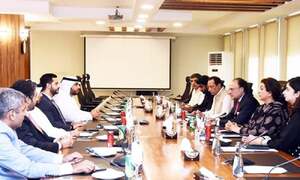








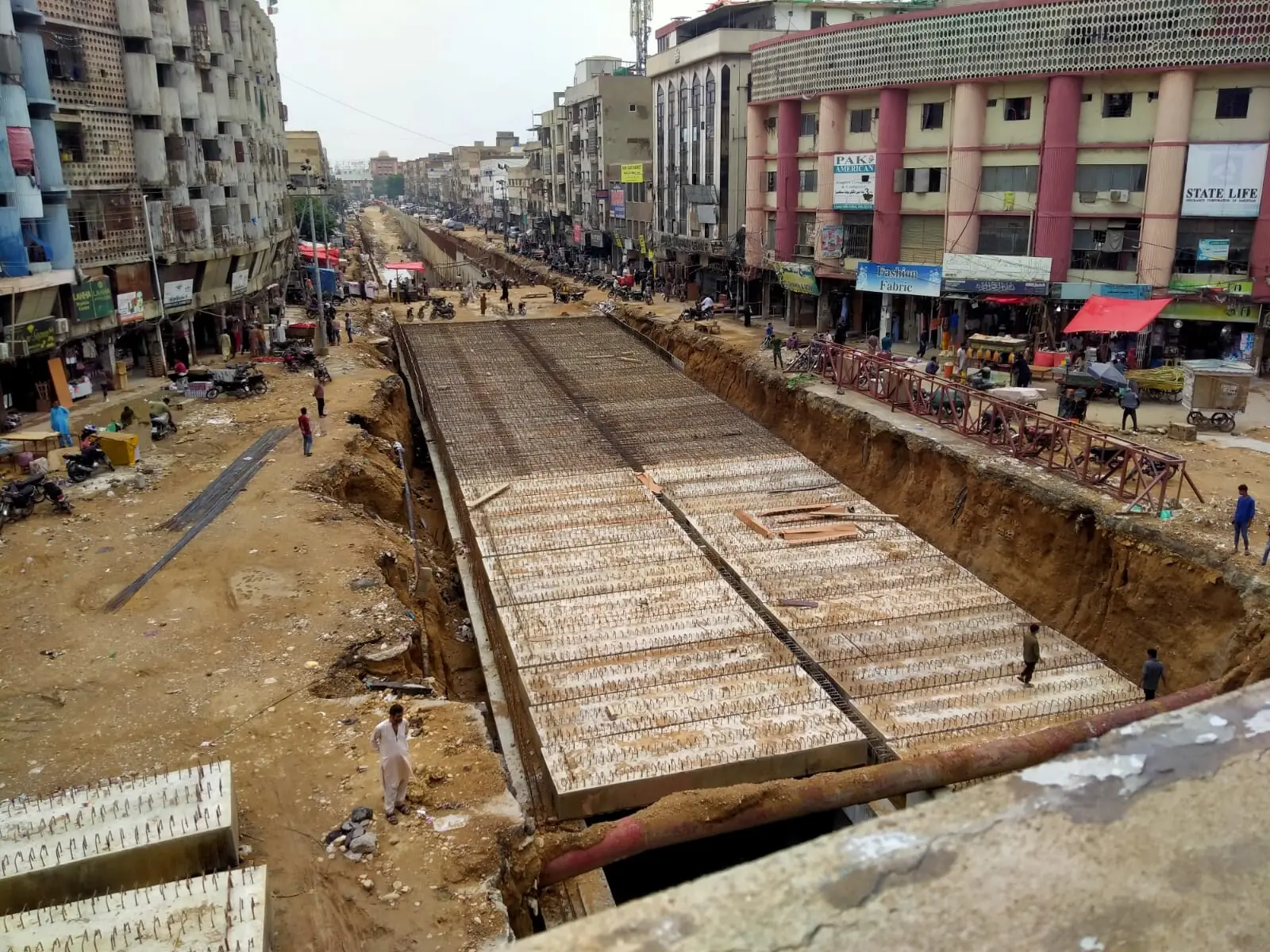

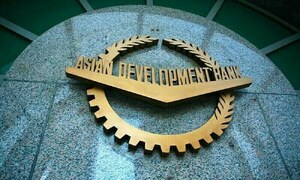


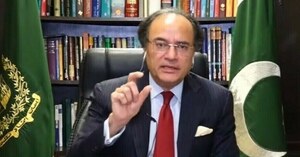

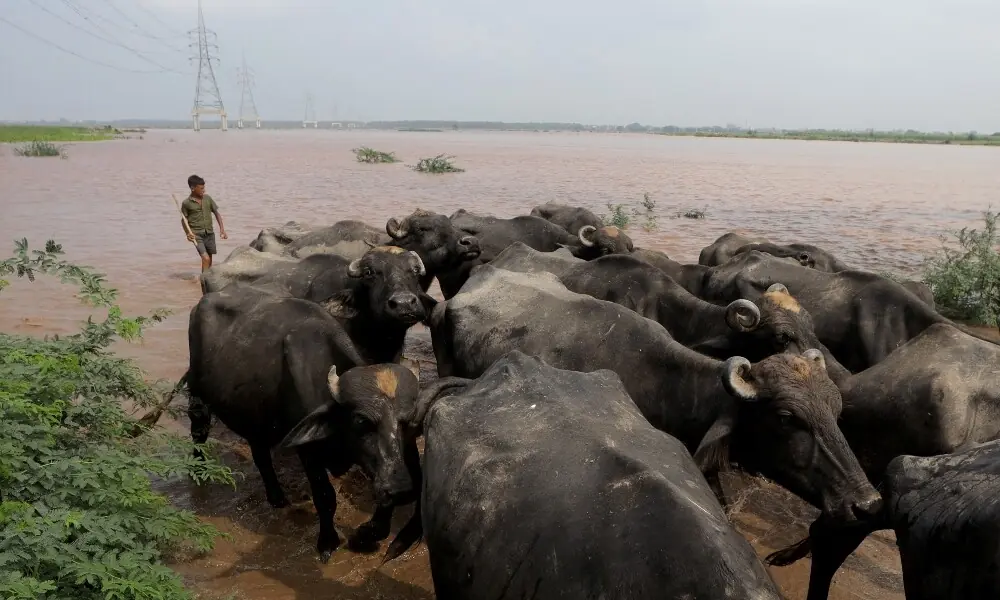


Comments
Comments are closed.